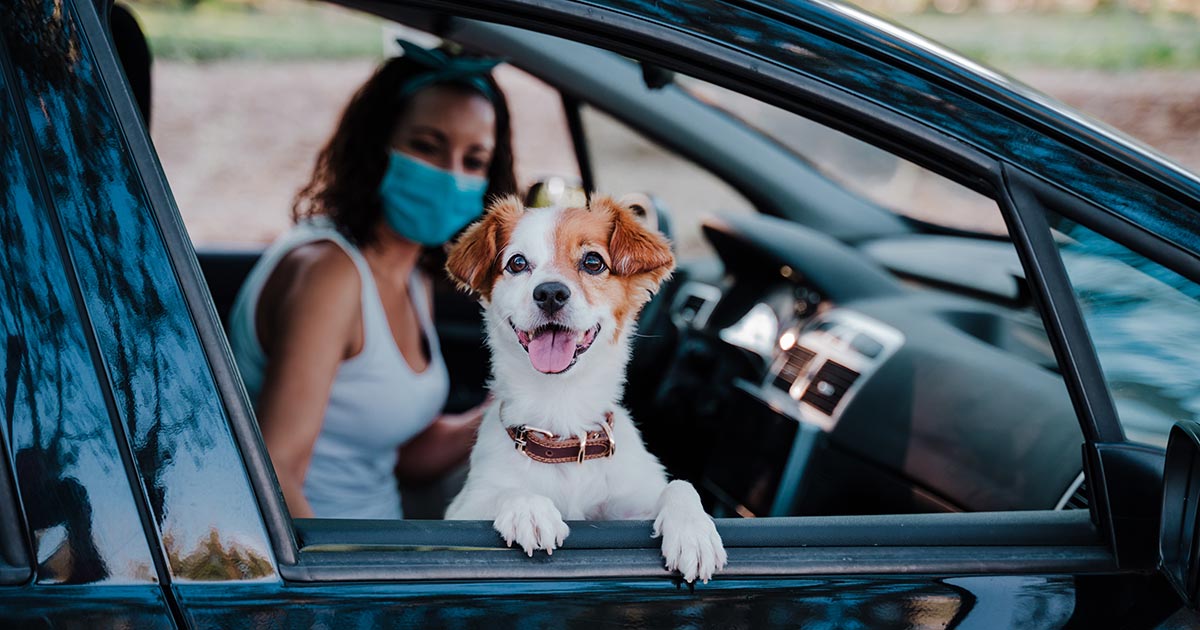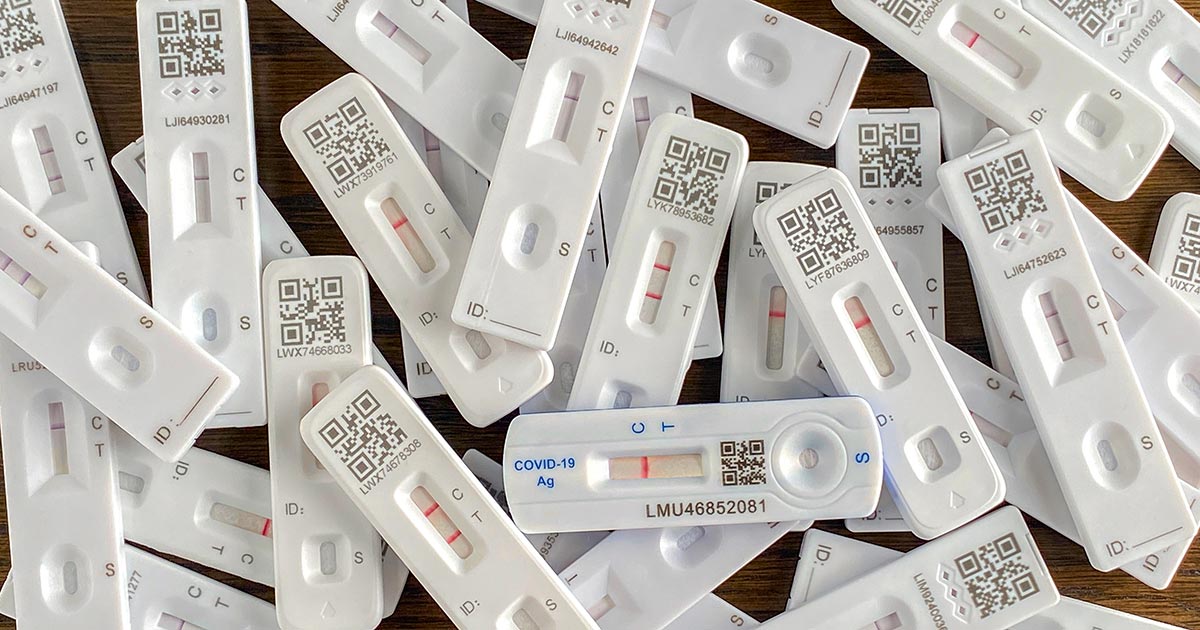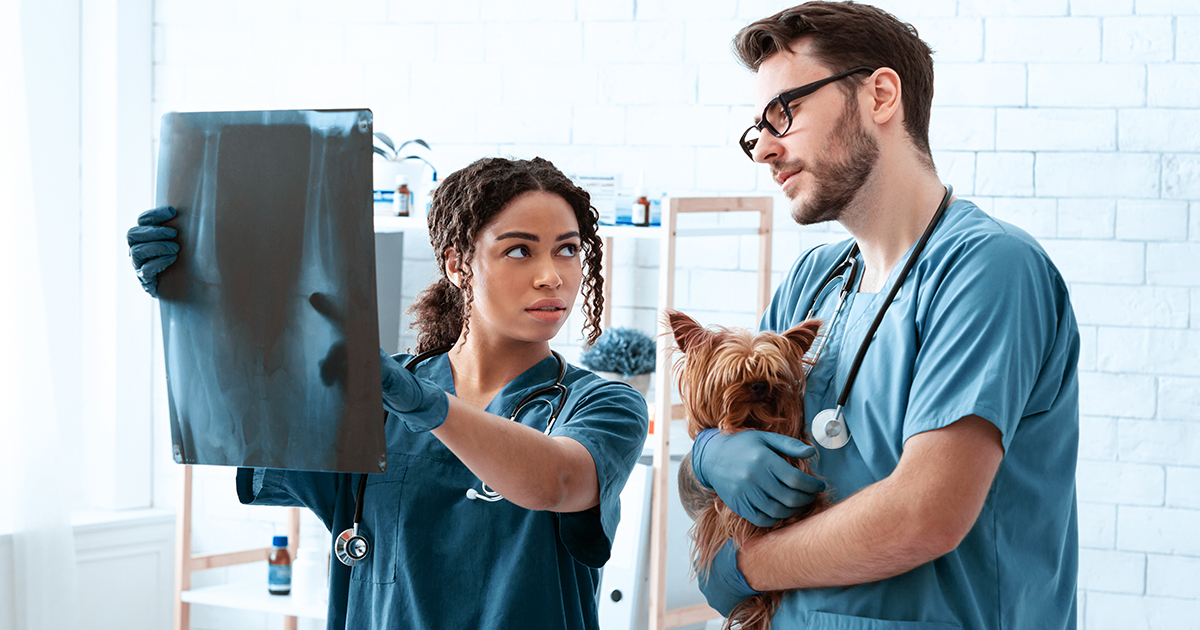Despite that all COVID-19 restrictions are due to be removed as early as the end of the month, the long-term impacts of this pandemic have yet to ease and will likely be sending ripples through many professions for the foreseeable future.
The virus has already left lasting changes to the landscape of the veterinary industry – not only in how it operates, but in how new professionals are taught from the ground up. Long gone are the days of packed-out waiting rooms and lecture theatres.
The more things change
Even with restrictions out of the way, it’s thought that measures put in place over the past two years to reduce viral transmission in our practices may remain the “new normal”, with clients asked to wait outside until necessary, and often with only a single owner asked to come in with their pet at any one time.
Several vet schools now operate under the banner of “blended learning”, whereby the curriculum is taught in a mixture of face-to-face content, live and online lectures, alongside pre-recorded, virtually accessible resources.
In the face of recurrent industrial action – coupled with the rising, desperate demand for new veterinary professionals – online teaching may offer a convenient, long-term solution.
Fallen behind
As with all change, there are pros and cons, although one area I think is yet to be fully addressed is the issue of EMS backlogs.
There are current backlogs in the NHS, the postal system and in many other major industries throughout the country, and I don’t believe the veterinary student training system has escaped unaffected.

Exaggerating social inequity
For a good 12 to 18 months, many practices – especially small independents – were forced to shut their doors to both pre-clinical and clinical placements – and although EMS requirements were lowered for all year groups due to graduate by 2023, every succeeding year must complete the formerly required 26 weeks.
This has led to an overwhelmingly large number of students competing for a progressively smaller number of placement opportunities.
This makes it particularly difficult for students who lack their own transport, or the funds to travel far from their university or hometown, meaning there may be growing social inequity in the variety and quality of experience vet students are able to obtain.
Better the devil you know
Not only this, but large veterinary conglomerates may have the infrastructure to accommodate larger numbers of students, and new graduates may want to “stick with what they know” and, therefore, be less likely to consider signing contracts with smaller, independent practices.
There is also the argument that, with the rise of online teaching and decrease in student-lecturer contact, work experience has never been such a valuable tool in supplementing a student’s learning.
With the demand for placements higher than ever before, and veterinary practices sometimes two or three times busier than before the pandemic, the financial cost of EMS for some students has never been greater.
Essential experiences
Confidence, satisfaction and a balanced education behind all new graduates serves the interest of both individual professionals, and the profession as a whole.
In my opinion, there has never been a greater need for a review of the need for higher education funding for veterinary students, to allow every student access to a large variety of work experience and the opportunity to see what different avenues are available to them after graduation.

